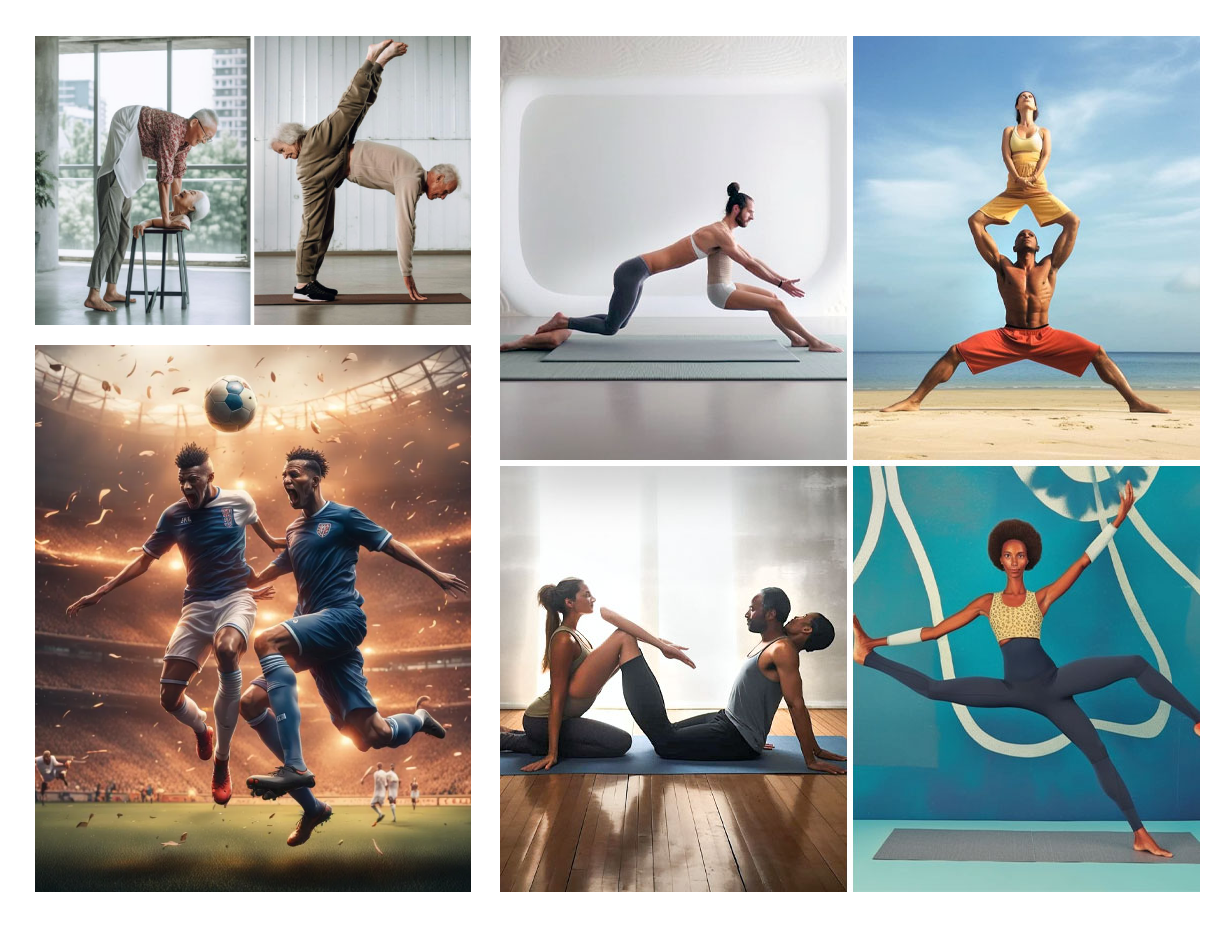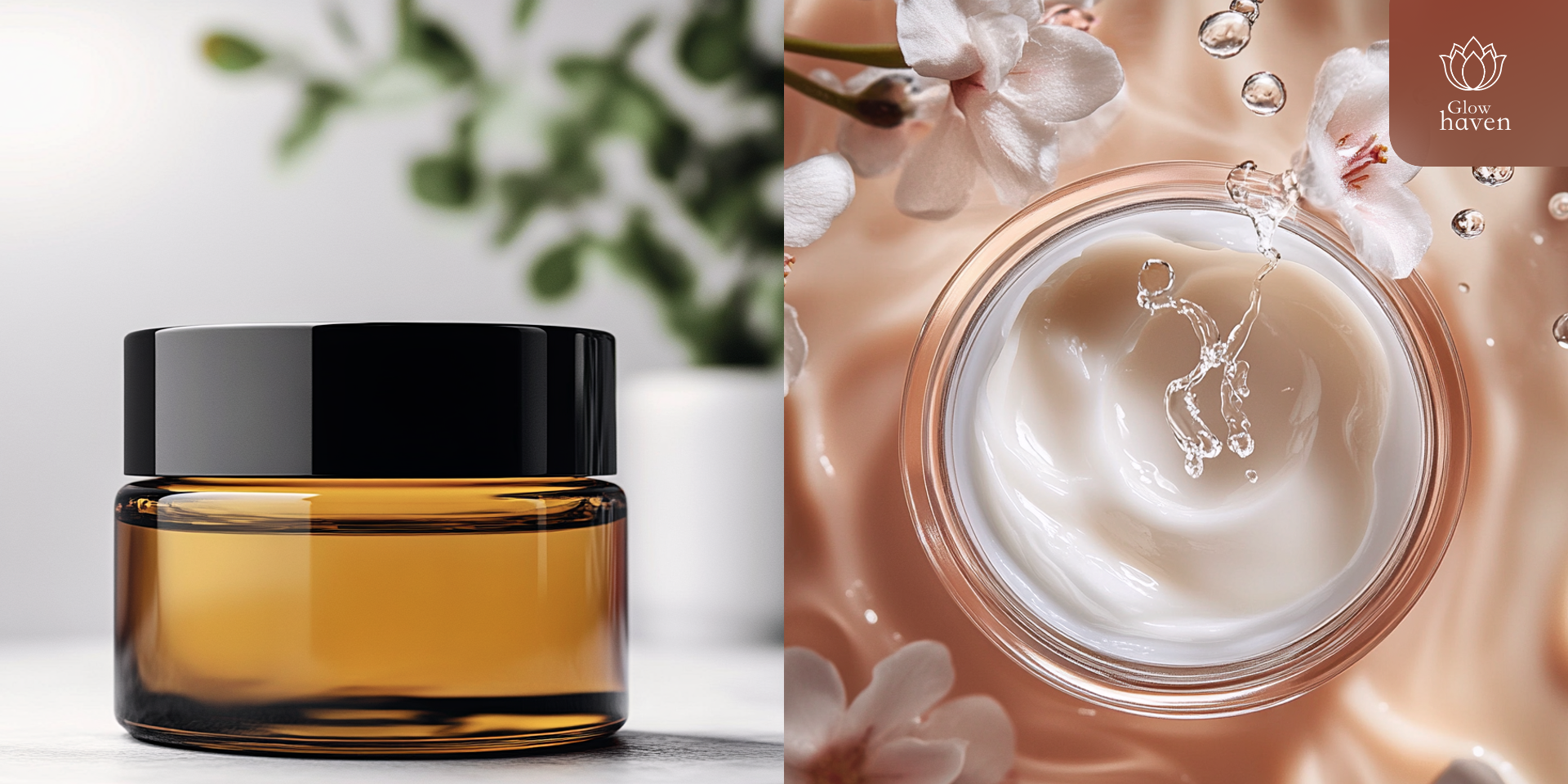

Introduction
Imagine a world where your marketing agency could instantly generate stunning, tailor-made visuals for every campaign. No delays, no endless revisions—just perfect images that resonate with your audience and elevate your brand. Sounds like a dream, right? With the rapid rise of generative AI tools like DALL-E and MidJourney, this vision seems within reach. But can these tools truly deliver the quality and consistency your agency needs to stand out?
This blog delves into what marketing agencies expect from AI, shedding light on how generative tools promise convenience but often fall short when it comes to brand identity and precision. We’ll explore the limitations of current AI solutions, the challenges they pose, and why custom AI is emerging as the ultimate answer to bridging the gap between creative ambition and execution. Ready to discover the future of marketing visuals? Let’s dive in!
What Marketing Agencies Expect from AI
1. Current Image-Related Tasks in Marketing Agencies

Marketing agencies operate in an environment that demands constant creativity and speed. They handle a variety of image-related tasks, including channel-specific SNS marketing visuals, product-specific customizations, and seasonal campaign updates. Each project requires precision and attention to detail, with variations essential to keeping content engaging and relevant. Here are some typical examples and details of the tasks agencies handle the most:
- Channel-Specific Variations Platforms like Instagram, Facebook, and TikTok each require unique designs and formats.
- Product-Specific Customizations Tailored visuals that emphasize product features or brand identity.
- Seasonal Updates: Regularly refreshed visuals for holidays, promotions, or special events.
These tasks create immense pressure to deliver high volumes of creative work under tight deadlines. A single campaign might involve multiple iterations of an image tailored for different platforms, each with unique specifications for size, tone, and style. For instance, a single client project often requires two designers working 30 hours per week, incurring monthly costs of $5,000 or more. This substantial investment leaves little room for exploration, as teams remain focused on meeting immediate demands.
2. Expectations from AI (The Dream)

In response to challenges like time constraints, high costs, and creative blocks, generative AI tools like DALL-E, MidJourney, and Stable Diffusion have gained immense traction in the marketing world. These tools promise to automate the creation of high-quality visuals, freeing creative teams to focus on more strategic and impactful work.
- Qualitative Benefits:
- Generative AI provides a constant source of inspiration, producing fresh visuals that push creative boundaries and break free from routine ideas.
- By handling repetitive tasks, AI allows designers to concentrate on refining concepts and crafting campaigns with deeper emotional and strategic value.
- Quantitative Benefits:
- Automation significantly reduces the time required to generate design variations, completing hours of work in mere minutes.
- Cost efficiency improves as AI manages production, reducing the need for larger teams and minimizing overtime expenses.
The dream is a future where generative AI not only enhances productivity but also elevates creativity, enabling marketing agencies to deliver innovative campaigns while operating more efficiently.
The Limitations of Current Generative Image AI
Failure to Align with Brand Identity and Tone

One of the significant drawbacks of generative AI tools like DALL-E or MidJourney is their inability to consistently align with a brand’s identity and tone. Brands invest heavily in crafting unique guidelines to ensure their visuals communicate a cohesive message. However, generic AI tools often produce visuals that deviate from these guidelines, resulting in mismatched imagery. For example, an AI-generated ad for a luxury fashion brand might feature overly simplistic designs, undermining the brand’s sophisticated appeal. Similarly, an AI-created image for an eco-friendly brand might fail to reflect the earthy, natural tones that are crucial to its identity. On SNS channels, these inconsistencies confuse audiences, weakening brand recognition and reducing the overall impact of campaigns.
Quality Issues in Generated Images

Generative AI tools frequently fall short in producing flawless visuals. Common flaws include distorted proportions, unrealistic lighting, and, famously, extra fingers or limbs in images meant to depict humans. While these tools can create aesthetically pleasing results in ideal conditions, their outputs are often inconsistent. For example, a generative AI might produce an image of a model holding a product, but with subtle errors like misaligned shadows or distorted facial features. Such defects, even when minor, can undermine the professionalism required for promotional material or e-commerce platforms.
These limitations highlight the gap between the promises of generative AI and its practical application. While these tools can accelerate creative workflows, they fail to meet the precision, consistency, and brand-specific requirements demanded by professional marketing campaigns.
The Solution - Custom AI
1. A Brief Introduction to Custom AI

Custom AI represents a transformative leap in image generation technology, combining the power of advanced engines like Stable Diffusion with custom layers designed specifically for individual brand needs. Unlike generic tools, custom AI ensures alignment with a brand’s unique tone, style, and identity. By tailoring the AI to incorporate specific design guidelines and preferences, businesses can generate visuals that consistently reflect their values and messaging.
This integration of image generation engines with custom features empowers brands to move beyond generic outputs. Whether it’s creating on-brand visuals for marketing campaigns or generating content that aligns perfectly with an organization’s aesthetic, custom AI fills the gaps left by one-size-fits-all solutions.
2. Use Cases and Comparisons
Wedding Dress Modeling Example

Custom AI revolutionizes high-fashion marketing by producing luxurious visuals that resonate with target audiences. For instance, a side-by-side comparison of outputs from SDXL and custom AI reveals striking differences: the former delivers generic, polished images, while the latter creates visuals tailored to the elegance and sophistication of wedding dresses. The results elevate the brand’s image and appeal.
Studio Photography Example

Custom AI mimics the output of professional studio photography, ensuring consistency in product visuals. While generic tools like DALL-E may produce high-quality images, they often lack the coherence required for branding. In contrast, custom AI can generate consistent, professional-grade visuals that maintain a brand’s identity across product lines and campaigns.
Image Variation Example

One of custom AI’s most powerful applications lies in automating ad resizing and content adaptation for multiple platforms. Instead of manually creating different sizes and formats, custom AI handles the process efficiently while maintaining design integrity. This not only saves time but also ensures seamless consistency across platforms, enhancing campaign effectiveness and engagement.
Conclusion - Why Custom AI is the Answer
The challenges marketing agencies face in maintaining brand identity, managing costs, and delivering high-quality visuals consistently underscore the limitations of generic generative AI tools. While tools like DALL-E and MidJourney offer exciting possibilities, their inability to align with specific business needs often makes them insufficient for professional use. This is where custom AI excels as the ultimate solution.
Custom AI provides a tailored approach to image generation, addressing the unique requirements of each brand. By integrating custom layers that reflect a brand’s tone, style, and identity, it ensures visuals are not only aesthetically pleasing but also aligned with strategic goals. This allows agencies to scale creative output while maintaining consistent quality.
Moreover, custom AI reduces the time and cost of repetitive tasks. Automating processes like ad resizing and brand-specific customization frees up valuable resources, enabling teams to focus on strategy and innovation. The result is a perfect blend of creativity and efficiency, helping businesses stay ahead of the competition.
In today’s landscape, delivering consistent, high-quality visuals is not just an advantage—it’s a necessity. Custom AI empowers agencies to meet these demands while positioning themselves as leaders in their industries.
It’s time to rethink how you approach image generation. With custom AI, you’re not just solving problems—you’re creating opportunities. Embrace the future of marketing visuals today.
